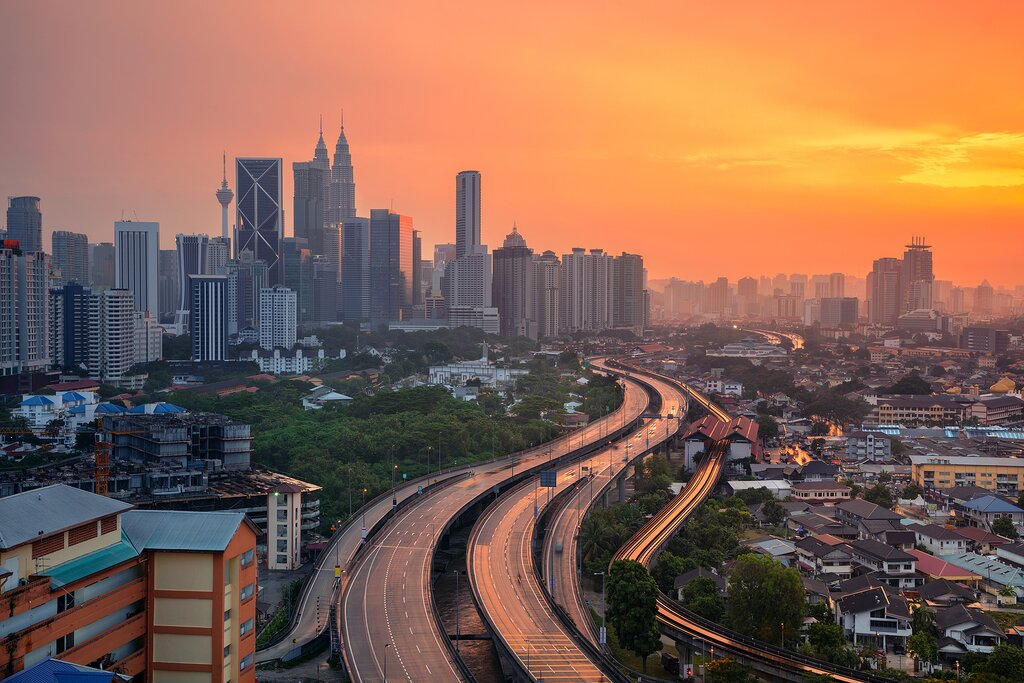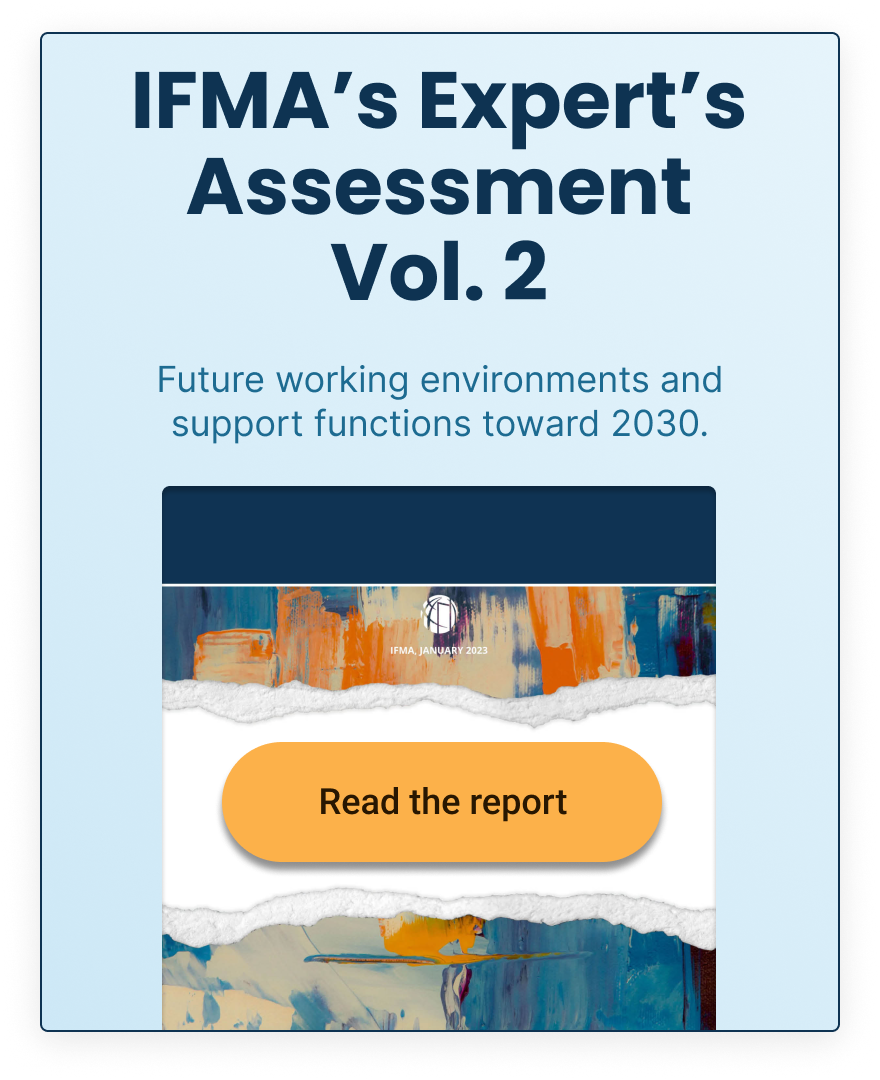FM Paths of Malaysia to Achieve Energy Sustainability

This paper examines global energy issues, and those local to Malaysia, in four areas of FM: exploring alternative energy resources, embracing energy policies, implementing energy management, and improving energy awareness and energy-use behavior.


